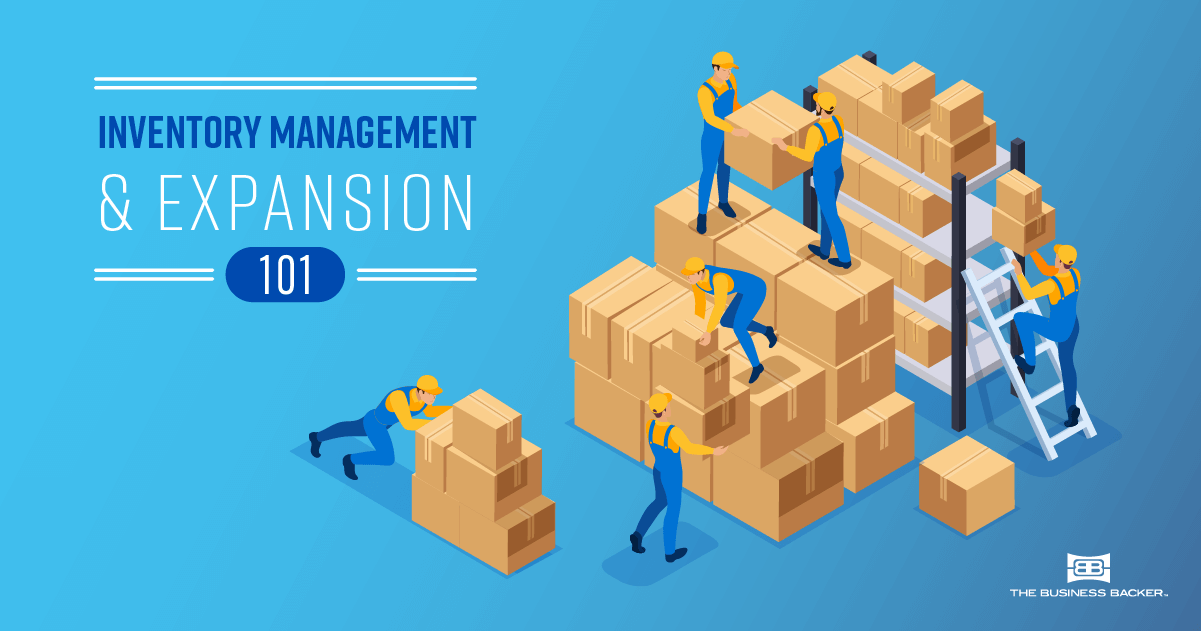How to Manage and Expand Your Inventory
While the scarcity effect and a fear of missing out on the next trending product might work for big, buzzworthy brands, a lack of liquid inventory in a small business setting can put your enterprise at a fiscal standstill.
Properly managing your products is challenging in itself; you only have so much money and space for inventory. But expanding to a larger line of products without first mastering the basics of inventory management can hurt your bottom line. No matter if you have a brick-and-mortar business, sell online or both, old inventory is harder to sell, and too much of a product can drive prices down.
In order to keep your customers happy, we’ll walk you through the fundamentals of stockroom management and how to expand your product line when the time is appropriate.
Managing Your Business’s Inventory
Offering the right product at the right time means that you have to juggle a lot of moving pieces, but technology, planning and analysis can help you meet your customers’ needs.
Use Sales Reports to Forecast Your General Needs
Sales reports are the first step in determining the quantity of products that you need to order or produce. Competitors, advertising and product life are examples of factors to consider. For instance, if you sell a product with an extended lifecycle, you likely won’t expect very recent customers to return for a while. Similarly, if you’ve increased your advertising since last month’s report, you might need to also increase your order or production.
If you’re a brand-new business, this step will be a bit trickier. Without past sales reports to formulate your ordering or production, you’ll need to start with a lean, yet dependable product line and review your stock on a more frequent basis, such as daily or weekly.
The key is to determine the typical rate at which you sell your products; you’ll adjust those numbers with bumps or lags in sales, seasonally affected items and so on.
Get a Solid System in Place
If you’re selling products online and in-store, can you tell exactly when an item goes out of stock? Without an up-to-date inventory system, double-selling, shipping delays and/or shrink are all more likely to occur.
You should track all inventory as it comes in your door, but what’s equally important is knowing when and which items are selling. These tips can help you fine-tune your management system:
- Whether you utilize a software-based inventory tracking system or do it all by hand, accurate inventory counts are essential. If you’re a small-scale business, a simple inventory management spreadsheet may do the trick. However, if you’re not keeping your spreadsheet updated or if you have too much to manage, an inventory management software system might be the best route.
- When storing or displaying your product, always use the first in, first out method to make sure that you’re moving your older item stock first. This will also prevent waste and/or winding up with obsolete products you can no longer sell.
- Periodic manual inventory audits can help you ensure that your inventory is properly stored, reconciled and in good condition to sell.
- Delegate one or two detail-oriented employees to manage your inventory if you don’t handle it yourself; too many cooks in the kitchen can create problems.
- Look for trends in audits and sales reports. Do you have something that’s consistently not selling? Are there items that you can’t seem to keep on the shelves? Adjust your order or production accordingly.
Expanding Your Product Line
Offering more products can help you gain more customers and boost sales, but finding the best selection takes careful planning and analysis. Once again, your sales reports and existing customer base can provide insight as to what additional products your business can sell.
Start With Accessories and Bundles
It’s a good idea to start small, such as with accessories, before adding high-value products to your arsenal. Consider carrying accessories to accommodate your most popular item. Look for complementary products that can boost sales without upending your whole system.
For example, if you craft and sell wooden chairs, consider adding wood cleaner, cushions and/or seat covers to your product line. You could also sell those products together at a higher price; bundling products is a solid way to increase sales, eliminate older stock and even gain new customers.
Testing the Perfect Mix
If a particular product isn’t selling well, it’s probably not worth your time and money to keep it on the shelves. Don’t be afraid to eliminate certain products that consistently underperform. When adding products, consider marketing the new item to alert your customer base of a new offering.





